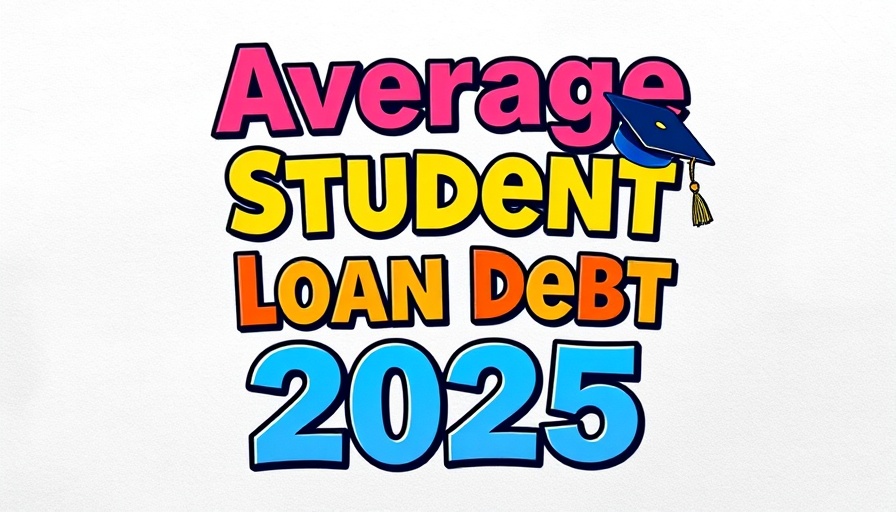
The Alarming Rise of Student Loan Debt in America
The total student loan debt in America has now reached an impressive $1.77 trillion, underscoring a growing crisis that affects millions of borrowers. The average amount per borrower has escalated to approximately $38,883, with many facing monthly payments exceeding $200. As college costs continue to soar, the economic burden on graduates raises urgent questions about the future of student borrowing and the impact of education financing on personal financial health.
The Stark Divide: Federal vs. Private Loans
Federal student loans account for a staggering 92.4% of total educational borrowing, with 42.7 million people opting for these loans from the U.S. Department of Education. The average federal loan balance is strikingly high, further exacerbating the financial strain felt by recent graduates. This divide raises critical questions about the long-term implications of relying predominantly on federal funding to finance education.
Understanding the Trends: Debt Over Time
Recent statistics indicate that the average student debt among college graduates is about $29,300, illustrating a steady increase in borrowing over the years. From 2023 Q4 to 2024 Q4, total student loan debt increased by 2.8%. These persistent trends signal a troubling future where education becomes increasingly inaccessible due to financial strains tied to student loans.
The Wider Implication: Effects on Financial Well-Being
Student loan debt goes beyond the numbers; it significantly impacts mental health and the financial freedom of young adults. As they grapple with these debts, many graduates report being unable to purchase homes or invest in their future, creating a cycle of economic uncertainty. Community discussions about student loan forgiveness and financial literacy become paramount as borrowers seek to navigate this burdensome landscape.
For those involved in financial services and institutions, understanding student loan trends and borrower struggles is essential to provide comprehensive support. Staying informed about these dynamics can help create tailored financial products that address this burgeoning issue and guide borrowers toward a more secure financial future. In a rapidly evolving economic environment, equipping potential borrowers with knowledge and resources could not be more critical.
 Add Row
Add Row  Add
Add 




Write A Comment